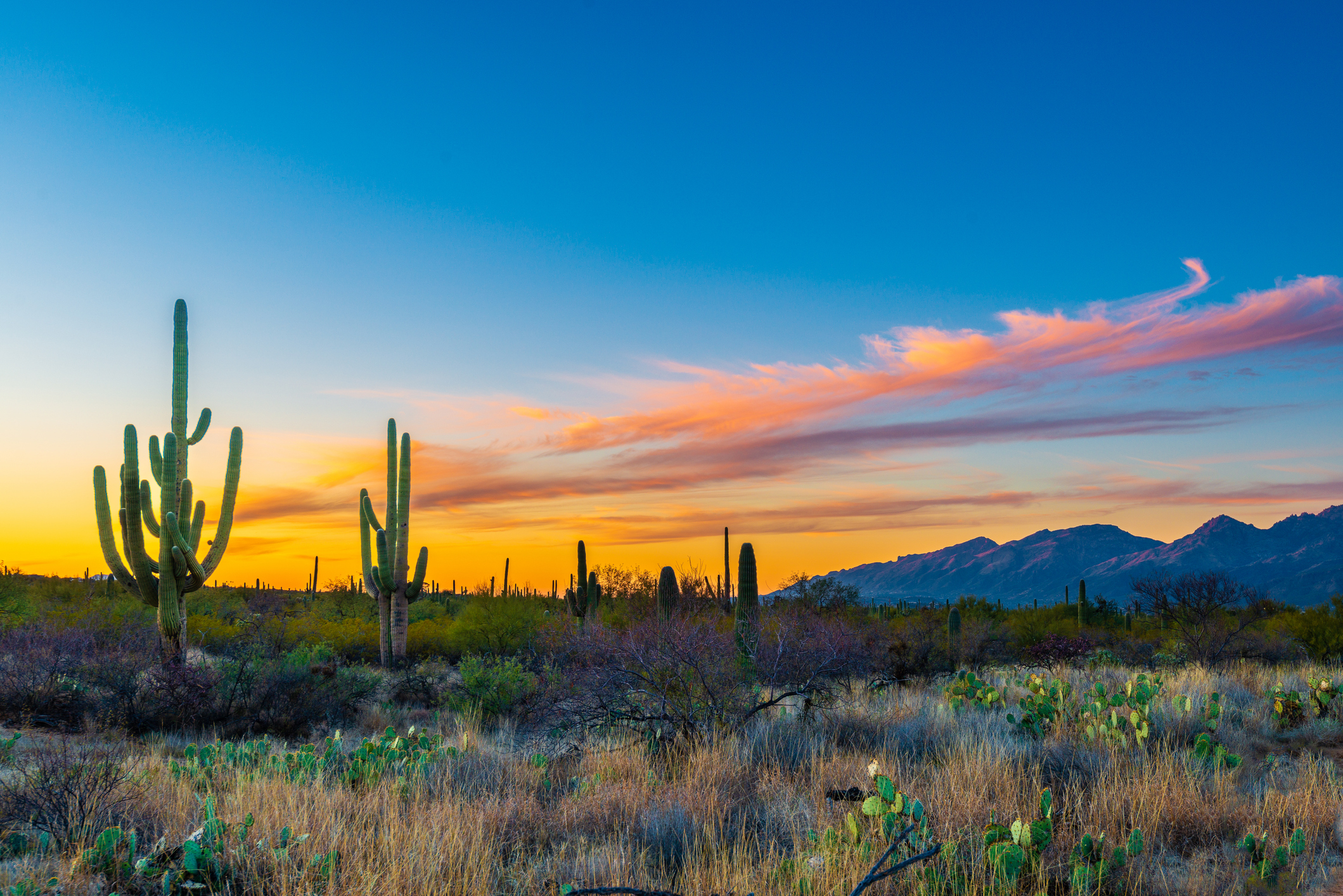
Whatever your age, retirement planning is important to a happy retirement. And that includes deciding where you're going to spend your retirement, either full-time or as a snowbird.
The nation's first active adult retirement community sprouted in Youngtown, Arizona in 1954, and since then, many retirees have settled in Arizona year-round. In fact, almost 22% of the state’s nearly 8 million residents are 65 and older.
Is Arizona calling to you, too, as you plot your retirement? Here are nine things you should know before deciding to retire in Arizona.
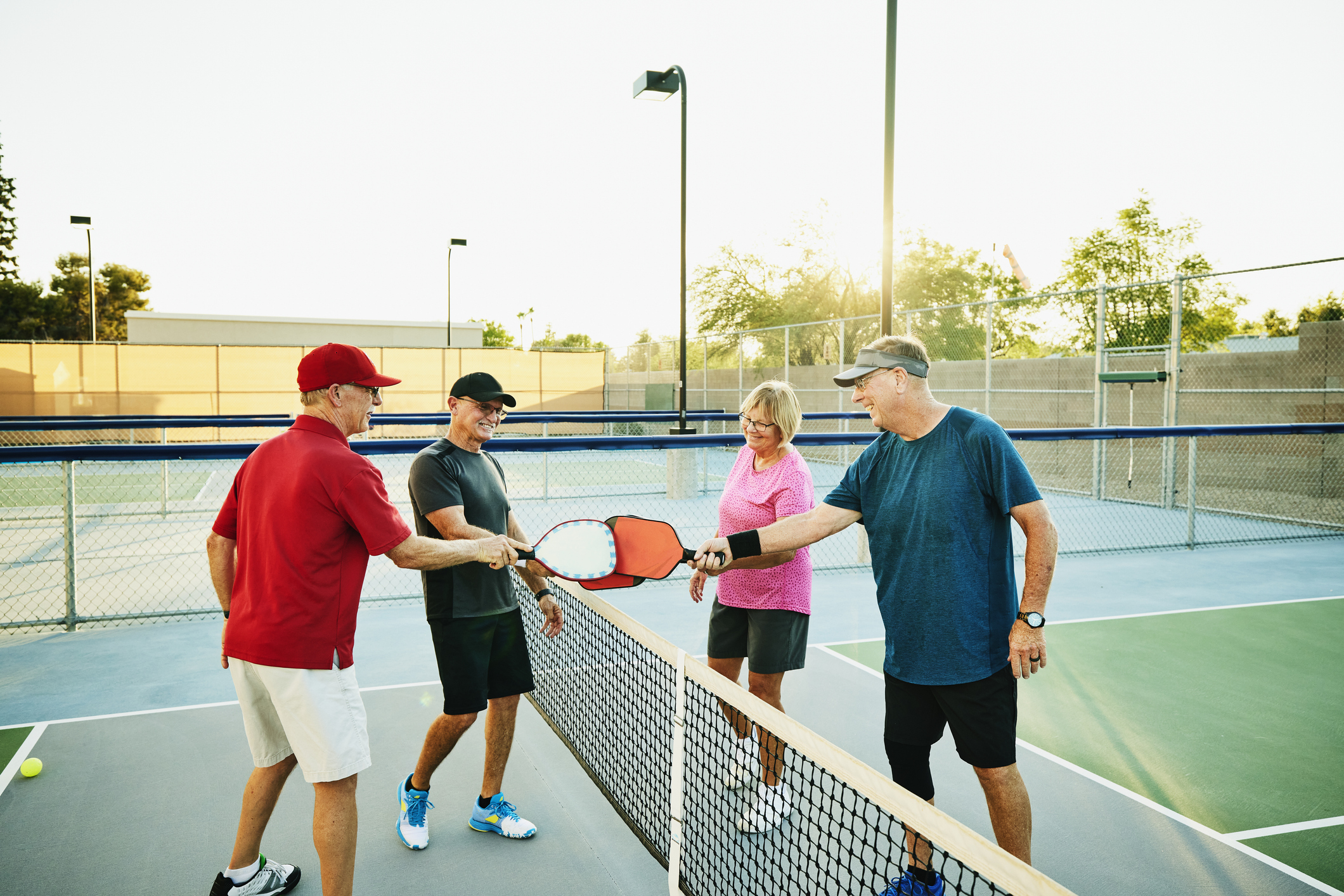
1. You’ll find plenty of company
Arizona retirees have many options with 100,000+ homes in 55+ communities scattered across the state. One of the most popular is Sun City in Sun City, Arizona, an age-restricted retirement community for folks 55 and older. It offers seven recreation centers, "one of the highest rates of golf holes per capita of any active adult community in the country," indoor and outdoor swimming pools, clubs, restaurants, craft and fitness centers, as well 30 churches, a synagogue, two libraries, a performing arts center, two on-site hospitals and more.
In 2024, Arizona was one of the top states where people 60 and older moved to, according to Smart Asset, with a net inflow of 23,515 individuals. And Arizona's population is still growing, increasing by 1.46% in 2024, according to Macrotrends. Current estimates put the 65+ population at 1.35 million, per a 2025 study by Neilsberg.
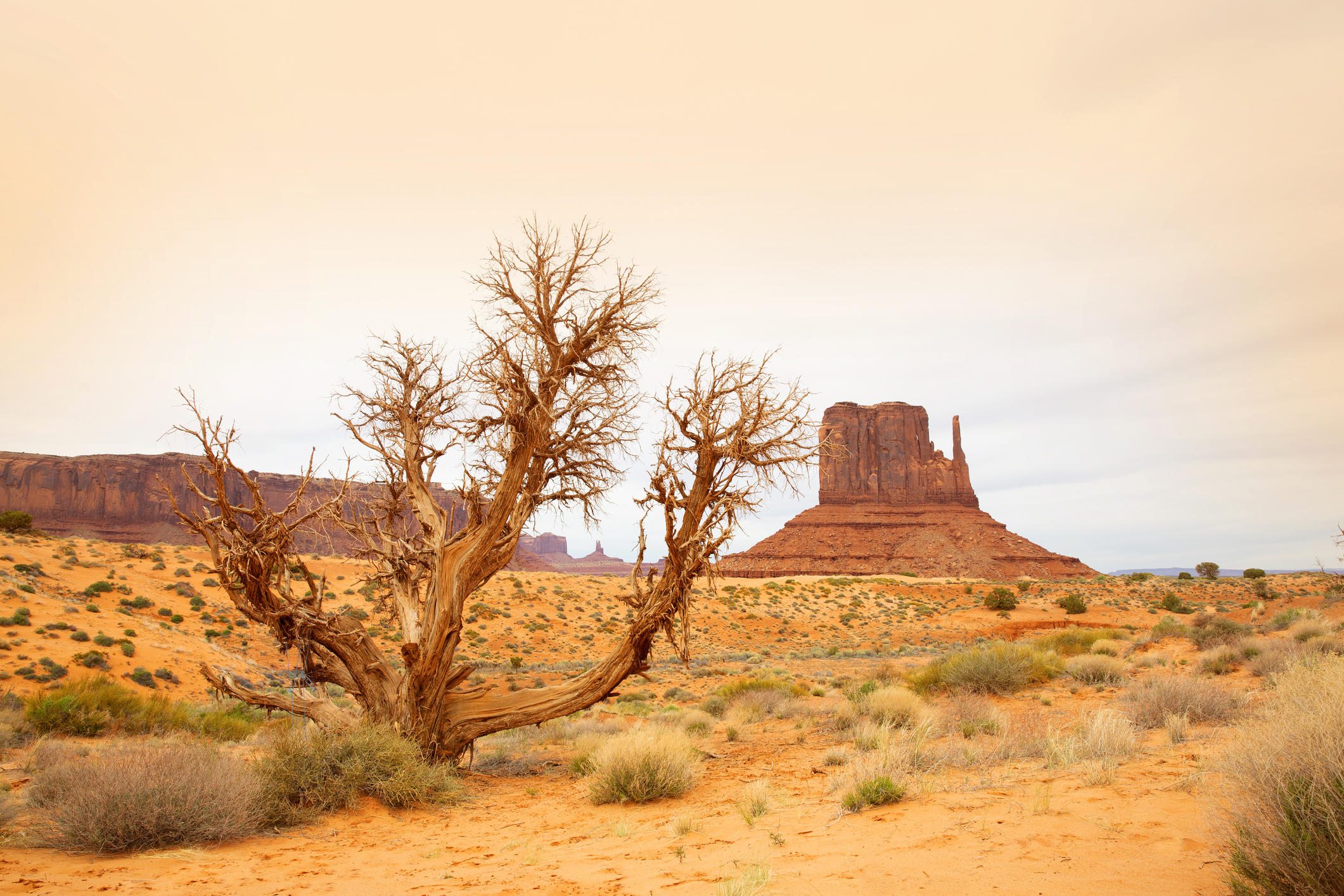
2. It’s a dry heat
You knew that already, didn’t you?
But perhaps you’ve never really experienced it. “Yes, that ‘dry heat’ thing is real,” says Bob Burwell, a retiree from New York state now living in Mesa. “Even in the low 100s at 8% humidity, it is way more tolerable than 85 degrees with 90% humidity. Once the sun sets, the temperature drops rapidly.”
Annual precipitation ranges from 3 inches in the arid southwest to roughly 40 inches in the mountains of east central Arizona, according to the Arizona State University climate office.
“The most obvious reason to retire in Arizona is the beautiful climate,” says Damian Bruno, an affiliate agent with the Sedona–Village of Oak Creek office of Coldwell Banker Residential Brokerage. “However, many do not realize that it is a varied climate, with the northern part of the state receiving four seasons.”
Yes, but those extremes: Arizona, like much of the Southwest and West Coast in the summer of 2024, endured days of record-setting high temperatures. In the state's capital of Phoenix, it was over 100 degrees on 113 days in the summer of 2024.
All that heat translates to a high risk of wildfires. Before you buy property in the state, be sure to check the community's wildfire risk.
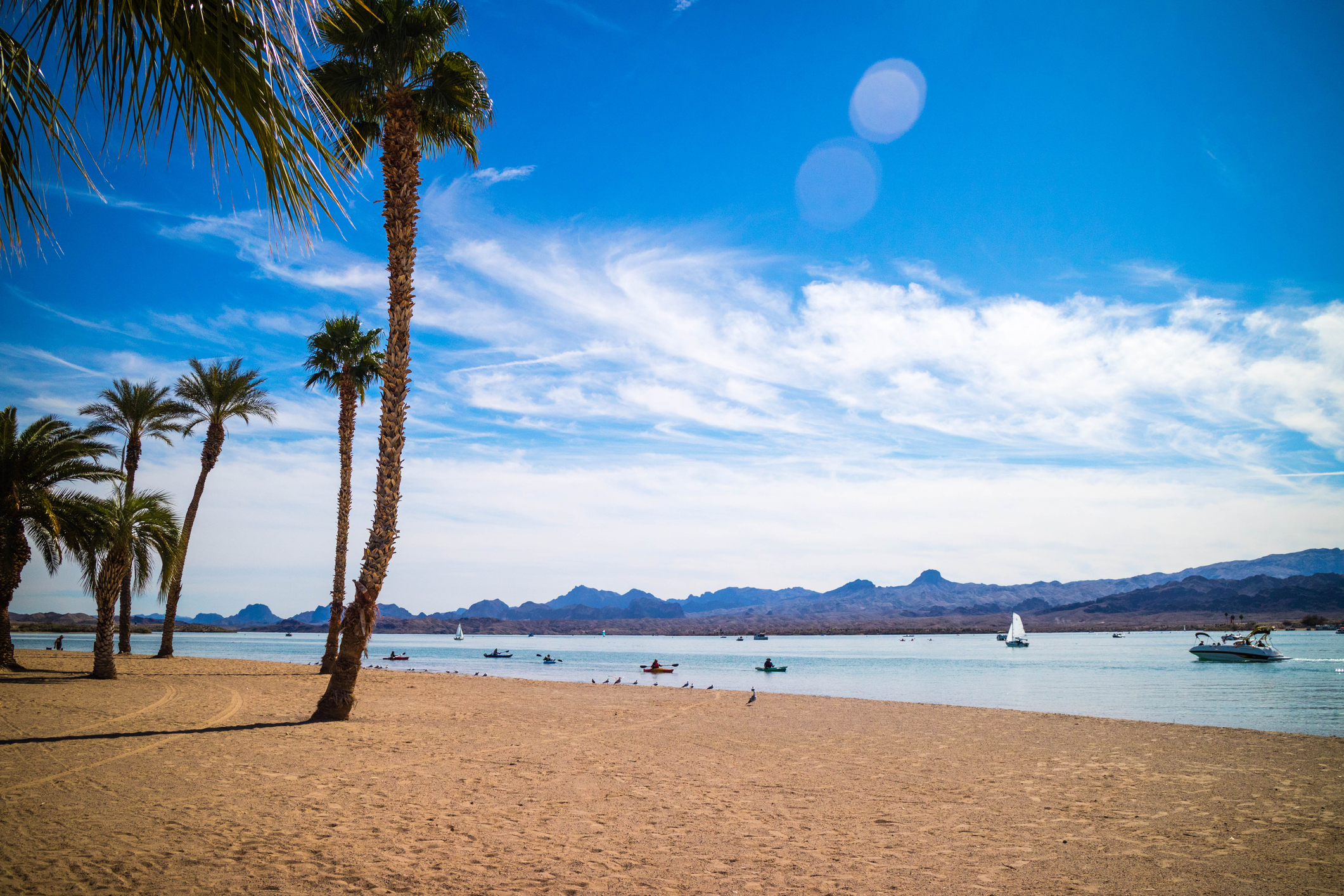
3. There are many great places to retire
Indeed, the state isn’t one big arid desert. There are a variety of climates that offer seasonal changes.
For example, the temperature in Lake Havasu City averages a high of 109°F in July and a low of 42°F in December and January. Realtor Patty Caperon, an affiliate agent with the Coldwell Banker Residential Brokerage office in Lake Havasu, describes it as a “very laid-back, relaxing city whether you’re having dinner overlooking the channel, a night at Grace Arts Live Theatre or hanging with friends.”
Jim and Molly Pfennig moved to Lake Havasu City from Bozeman, Mont., where Jim was in the construction business. They built a house in the Arizona town after having lived there since 2012. “The town was founded in 1968, so pretty much everyone is from somewhere else originally,” says Jim. “And it’s not lacking for things to do. There’s the lake if you want to boat or ski. In the winter, there are concerts and car shows, something every weekend.”
For an even smaller town, look to Payson (population: 16,900). It’s located in the center of Arizona, a 90-mile drive northeast of Phoenix. At 5,000 feet above sea level, the town’s motto is “Arizona’s Cool Mountain Town.” Active retirees enjoy the surrounding Tonto National Forest for everything from hiking and bird watching to mountain biking and canoeing.
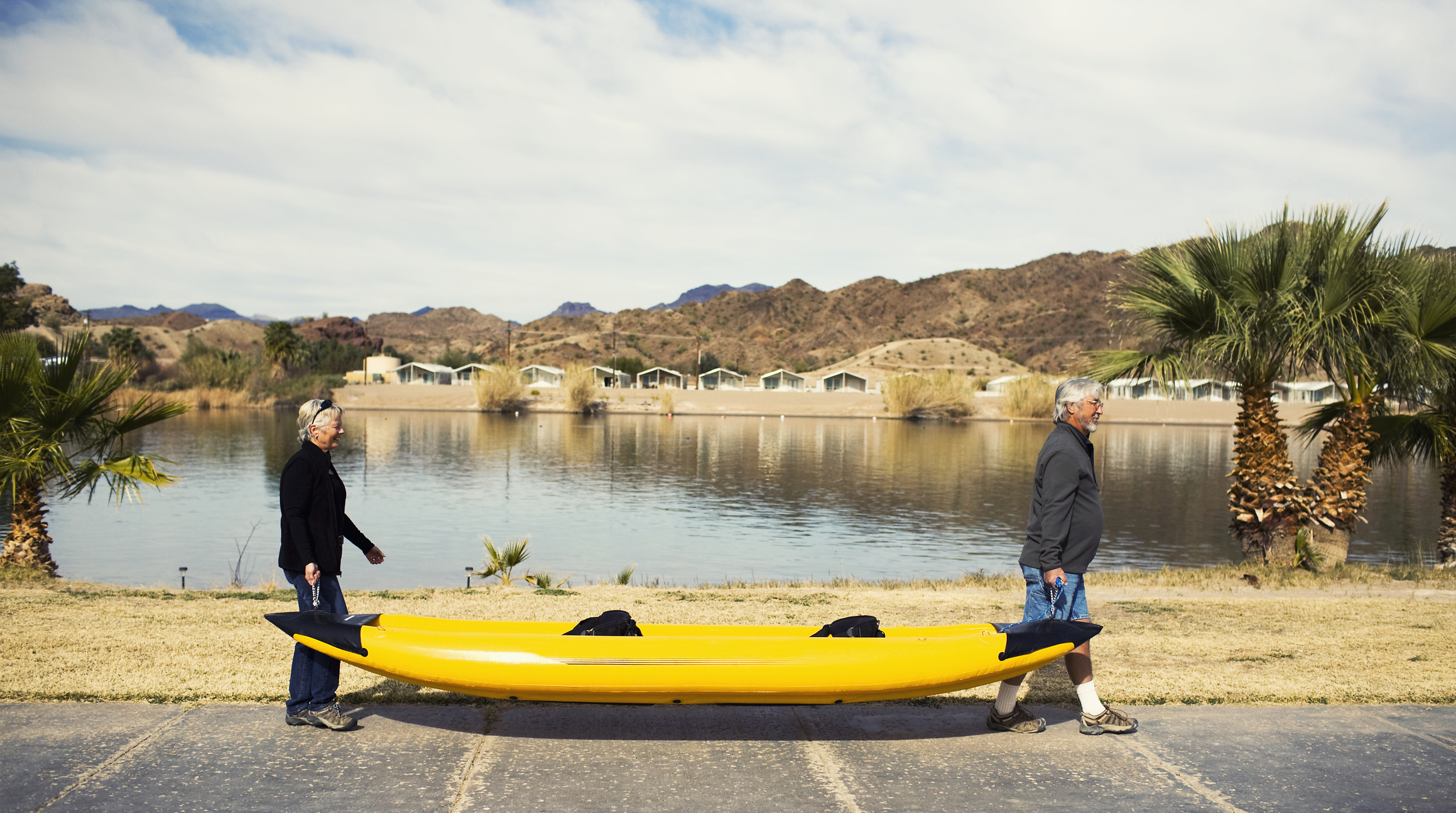
4. There's lots to do
Retired Arizonans can find plenty to do across the state, says Coldwell Banker’s Caperon.
“There's skiing, professional sports, boating, golfing, hiking, biking, off-roading, sightseeing, fishing. . .” she says.
There’s also the Grand Canyon, of course, and plenty of national parks within driving distance throughout the Southwest. Consider buying a National Parks and Federal Recreational Lands Senior Pass (good for access to the 108 National Park Service sites that charge admission; the majority of the 422 NPS sites are free) if you are 62 or older. Annual passes are $20, and a lifetime pass is $80 per person. (Regular admission to the Grand Canyon, for comparison, is $35 per vehicle for a seven-day pass.)
Baseball fans can enjoy the relaxing atmosphere of Major League Baseball’s “cactus league” across Arizona — spring training for 15 teams in cities such as Phoenix, Tempe, Scottsdale, Surprise, Goodyear and others. And golfers can tee it up at more than 300 courses across the state.
Gambling and all the entertainment that comes with it is easily accessible in Arizona. The aforementioned Lake Havasu City, home to the transplanted and restored London Bridge, is across the Colorado River from Laughlin, Nevada, and its casinos.
In Scottsdale (not far from Phoenix), the Salt River Pima-Maricopa Indian Community operates the sprawling Talking Stick Entertainment District, It contains, among other things: the Talking Stick Resort Casino; Salt River Fields at Talking Stick, Major League Baseball's spring training facility that's home to the Arizona Diamondbacks and Colorado Rockies; the 36-hole Talking Stick Golf Club; a Topgolf complex; Octane Raceway, a high-performance indoor-outdoor go-kart facility; a bowling alley; an aquarium; iFly indoor skydiving; and Butterfly Wonderland, a butterfly conservatory and indoor rainforest.
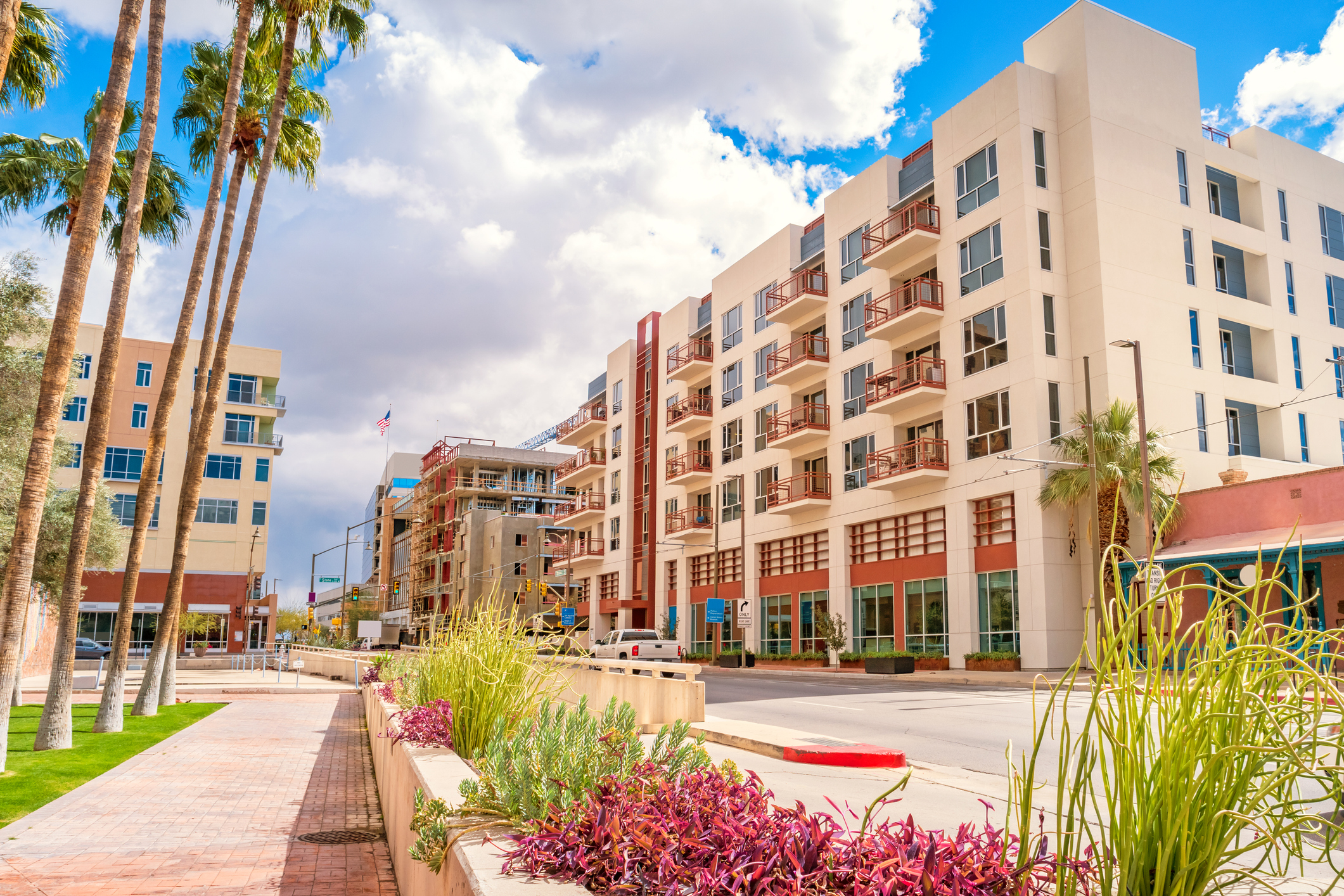
5. Know snowbirds’ routines to rent the best property
Planning to rent before you buy to assess different communities? In most places, January through March or April is peak snowbird season. Migrators often book the same place for the coming year before they leave in the spring, and others begin booking their rental as early as August. Early birds get the biggest blocks of time and the most-desirable rental properties.
Carol and Phil White of Bend, Ore., had tried wintering in Hawaii, southern California and Texas before settling on Phoenix. In 2014, after looking at more than 30 communities, they found a home in Sun City Grand, on the west side of Phoenix. It had everything they wanted: friendly people, good home values, a reasonable homeowners association fee, four golf courses, and lots of amenities and activities.
The Whites paid $184,000 for a 1,580-square-foot home with two bedrooms, two baths and a den, and they pay an annual HOA fee of $1,480. They split their time between Bend and Phoenix. Many of their friends from Bend winter nearby, too. “We have a whole ’nother life down there that we totally love,” says Carol, 71.
-- Reporting by Patricia Mertz Esswein
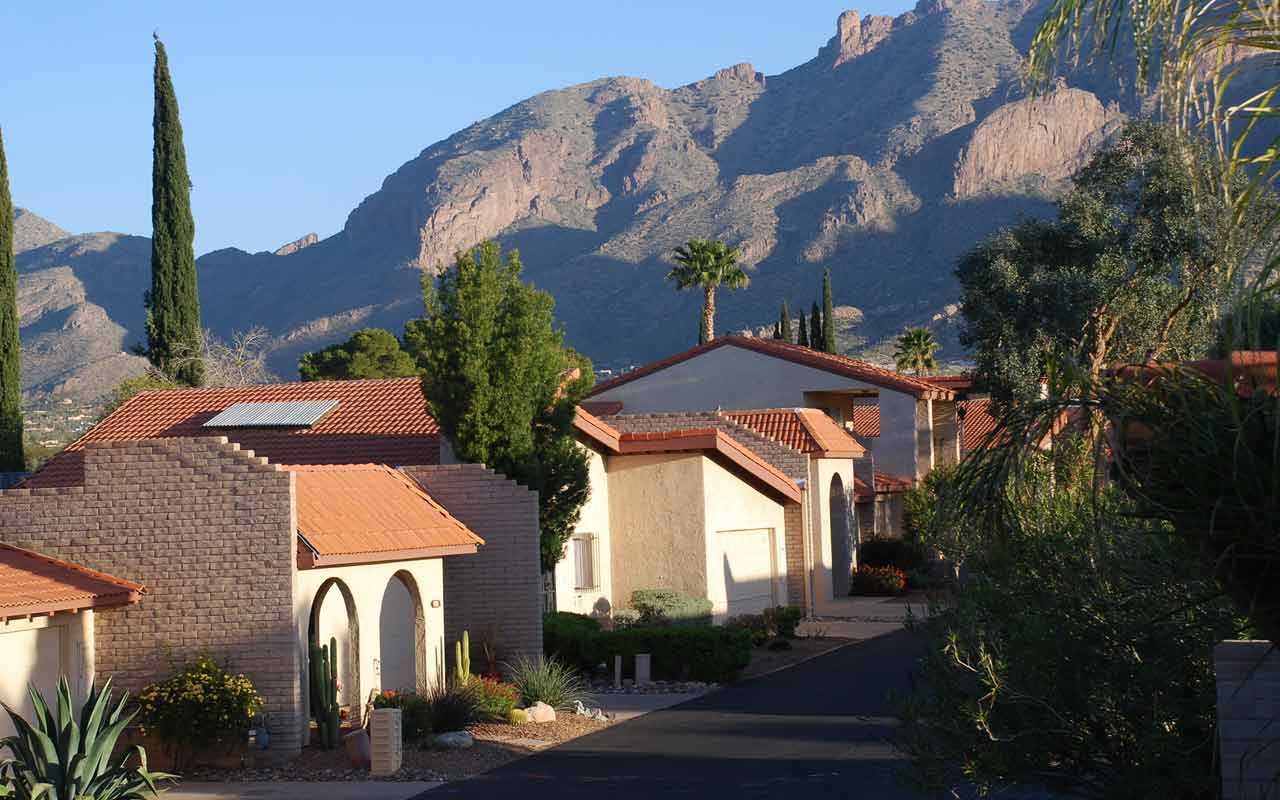
6. It’s a seller’s market these days
The best time to buy a home in Arizona is usually in the late spring, when much of the competition from snowbirds has dissipated. In summer and fall, you’ll have fewer options to look at, but the remaining sellers may be more motivated and willing to negotiate.
And just like nearly everywhere in the U.S., it's a seller's market in Arizona. Demand for housing is high and supply is low. The average Arizona home value is $429,140, according to Zillow.
In the 55-and-older gated community of Sun City West, for example, Zillow recently showed 147 homes listed for sale. They ranged in price from $249,000 for a two-bedroom, two-bathroom, 1,221-square-foot home to $850,000 for a two-bedroom, four-bathroom, 2,781-square-foot home. That includes the home and property and, in some cases, an attached golf-cart garage. (Gated communities often tack on mandatory homeowners association dues to cover property maintenance and amenities).
But housing and other rapid development in Arizona can get the locals fired up. "Growth is still rampant. If the pandemic slowed anything you couldn't prove it by me. Construction is everywhere," says Burwell.
In the town of Gilbert, near Mesa, some residents are organizing to stop the growth of apartment complexes. Bumper stickers read "No More Apts — We're a Town, Not a City." And the former 500-acre GM Proving Grounds in Mesa is redeveloped as Eastmark, a planned retirement community with more than 1,500 adult and luxury homes.
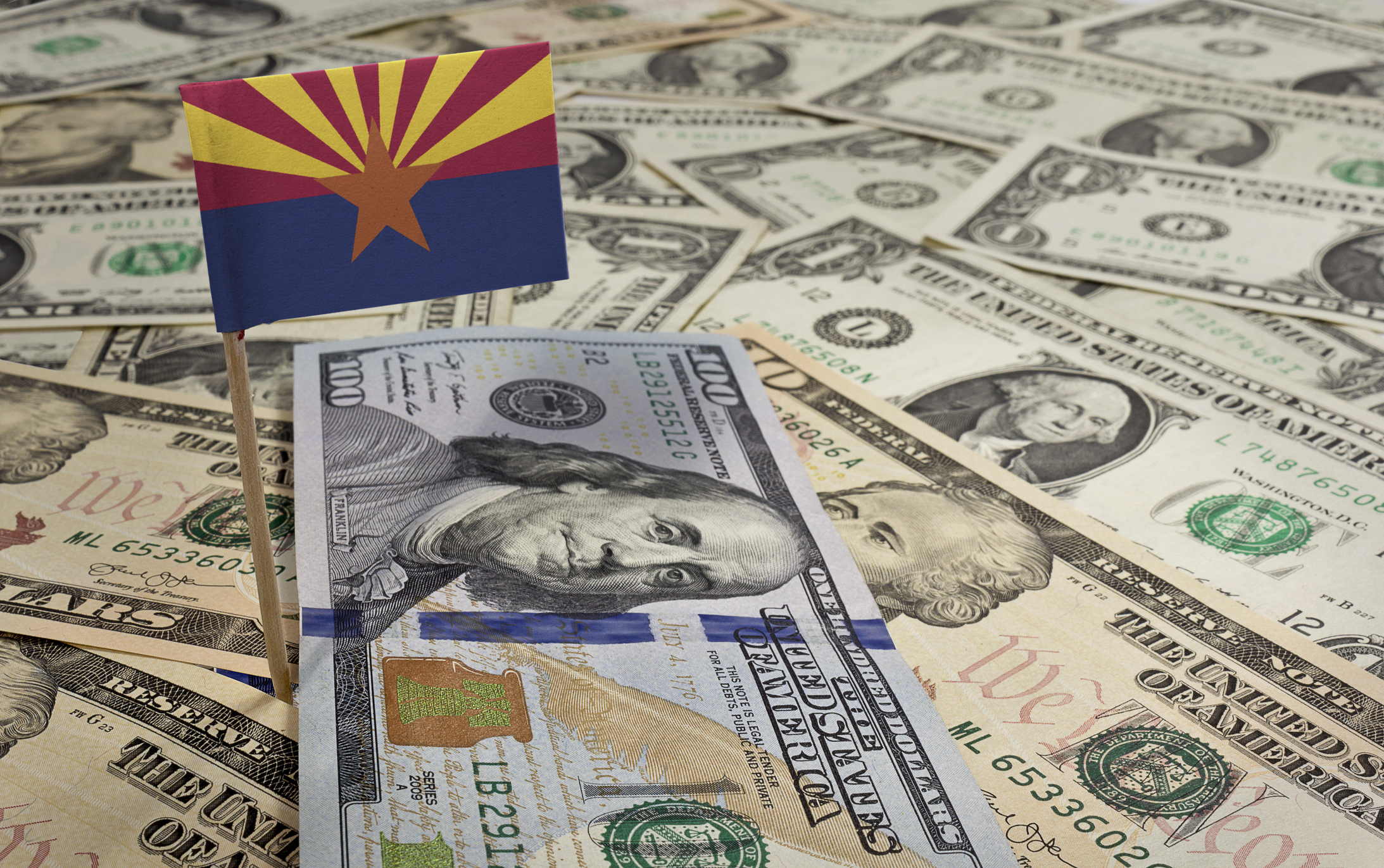
7. Arizona’s income tax picture for retirees is ... friendly
Your state tax bill in Arizona will depend greatly on the sources of your retirement income.
Arizona does not tax your Social Security benefits (unlike these 8 states that tax Social Security benefits). And on most other income that is taxed, rates are relatively low — Arizona has a flat individual income tax rate of 2.5% that took effect in 2023.
Arizona does not have an estate or inheritance tax, a perk that's quite attractive to retirees. See Kiplinger's Arizona state tax guide for more information.

8. Sales taxes vary
Arizona’s state sales tax is 5.6%. But, because localities can add their own sales taxes, you could pay much more in sales tax depending on where you land (and shop) within the state. The average Arizona local sales tax rate is about 2.7%, and the average combined (state and local) Arizona sales tax rate is over 8.38%.
Burwell, the retiree from New York state now living in Mesa, has learned his way around the sales-tax discrepancies. “I can leave my community, turn left and go one mile to a CVS where I will incur the City of Mesa 2.0% sales tax [on top of the 5.6% state sales tax],” he explains. “But if I turn right, I will hit an equidistant Walgreens that is in unincorporated Maricopa County and not pay that tax.”
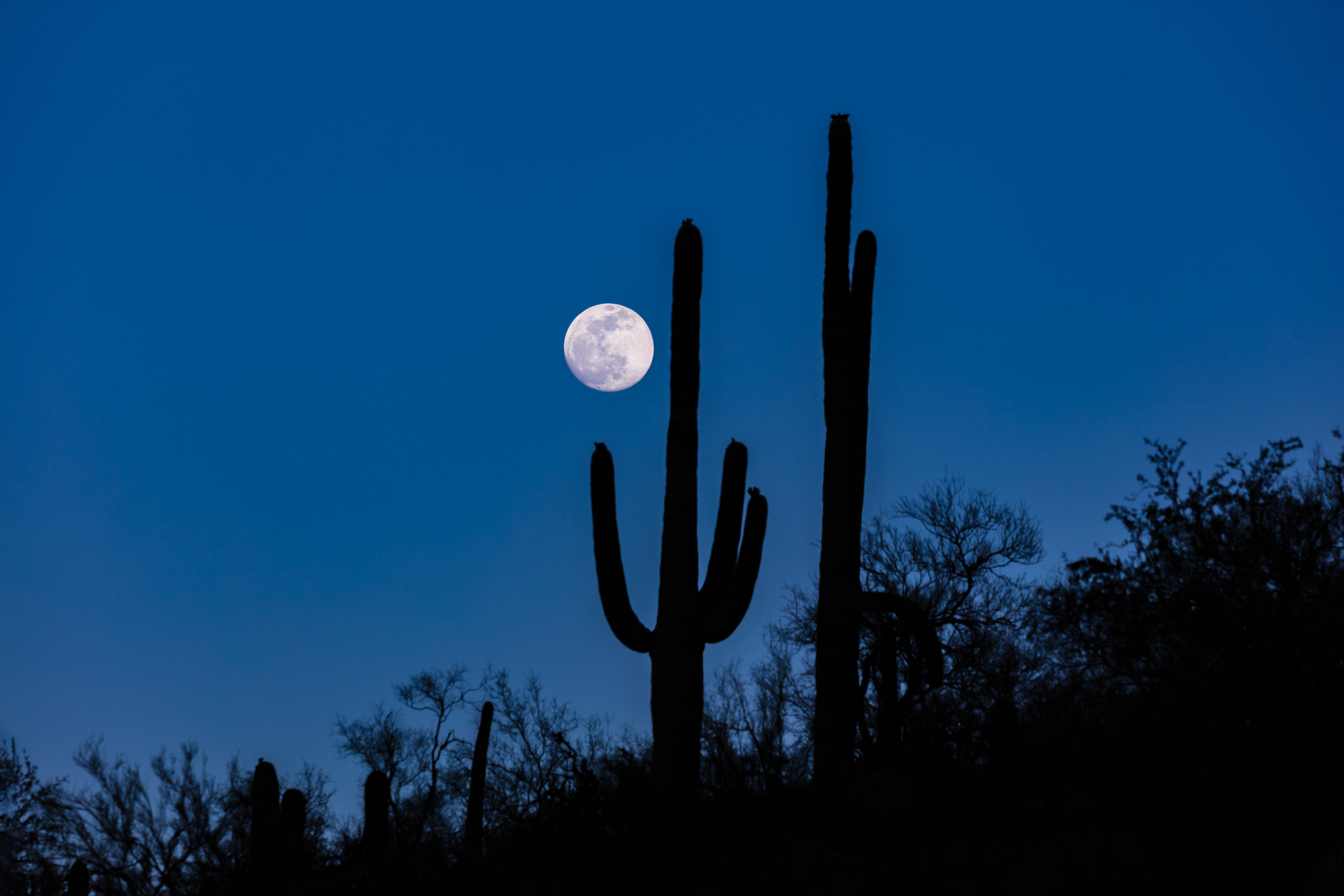
9. You don’t need to reset your clocks
Arizona is one of only two states (Hawaii is the other) that doesn't observe daylight saving time, when clocks “spring forward” an hour (with the exception of the Navajo Nation, which does follow DST). That aligns Arizona with Pacific Daylight Time in spring, summer and part of fall, then with Mountain Standard Time during four months in most of fall and winter.
Says Burwell, “The only havoc this raises is in regard to live TV, mainly sports. In September and October, the NFL games start at 10 a.m. The sports bars open at 9 and serve breakfast. Consequently, I don't fall asleep before the World Series games or Monday Night Football are over.”
Related Content
Profit and prosper with the best of Kiplinger's advice on investing, taxes, retirement, personal finance and much more. Delivered daily. Enter your email in the box and click Sign Me Up.

Bob was Senior Editor at Kiplinger.com for seven years and is now a contributor to the website. He has more than 40 years of experience in online, print and visual journalism. Bob has worked as an award-winning writer and editor in the Washington, D.C., market as well as at news organizations in New York, Michigan and California. Bob joined Kiplinger in 2016, bringing a wealth of expertise covering retail, entertainment, and money-saving trends and topics. He was one of the first journalists at a daily news organization to aggressively cover retail as a specialty and has been lauded in the retail industry for his expertise. Bob has also been an adjunct and associate professor of print, online and visual journalism at Syracuse University and Ithaca College. He has a master’s degree from Syracuse University’s S.I. Newhouse School of Public Communications and a bachelor’s degree in communications and theater from Hope College.
- Donna FuscaldoRetirement Writer, Kiplinger.com
- Erin BendigPersonal Finance Writer
-
 Don't Wait Until January: Your Year-End Health Checklist to Kickstart 2026
Don't Wait Until January: Your Year-End Health Checklist to Kickstart 2026Skip the fleeting resolutions and start the new year with a proactive plan to optimize your longevity, cognitive health, and social vitality.
-
 Premium Rewards Cards: More Perks, Higher Fees
Premium Rewards Cards: More Perks, Higher FeesSome issuers are hiking the annual fee on their flagship luxury credit cards by hundreds of dollars. Are they still worth using?
-
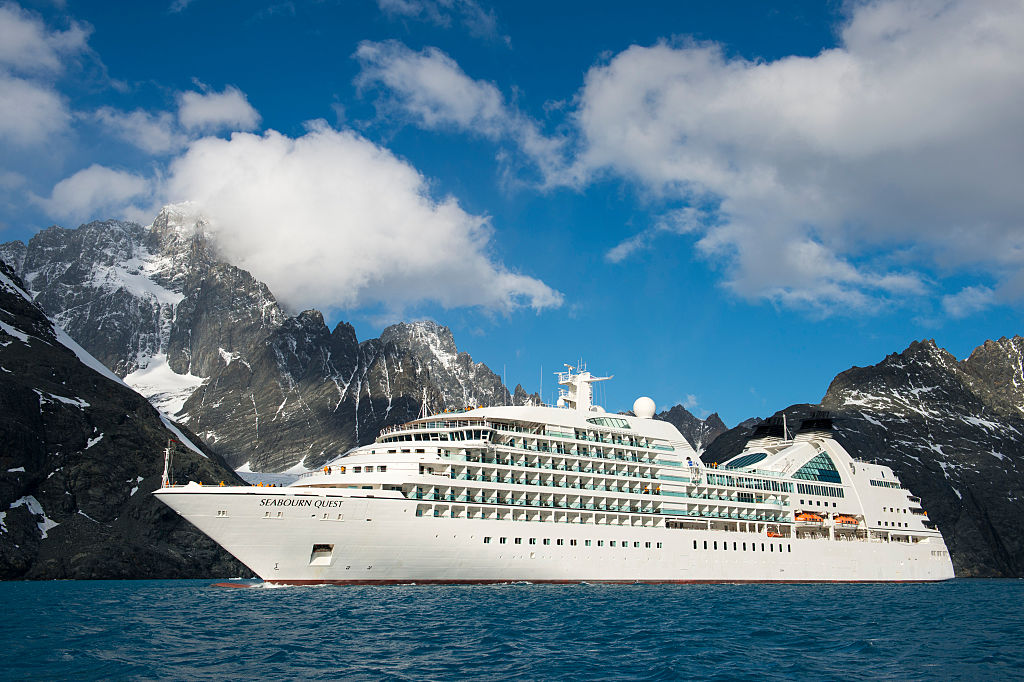 3 Trips to Escape the Winter Doldrums, Including An Epic Cruise
3 Trips to Escape the Winter Doldrums, Including An Epic CruiseThree winter vacation ideas to suit different types of travelers.
-
 What to Do With Your Tax Refund: 6 Ways to Bring Growth
What to Do With Your Tax Refund: 6 Ways to Bring GrowthUse your 2024 tax refund to boost short-term or long-term financial goals by putting it in one of these six places.
-
 What Does Medicare Not Cover? Eight Things You Should Know
What Does Medicare Not Cover? Eight Things You Should KnowMedicare Part A and Part B leave gaps in your healthcare coverage. But Medicare Advantage has problems, too.
-
 12 Great Places to Retire in the Midwest
12 Great Places to Retire in the MidwestPlaces to live Here are our retirement picks in the 12 midwestern states.
-
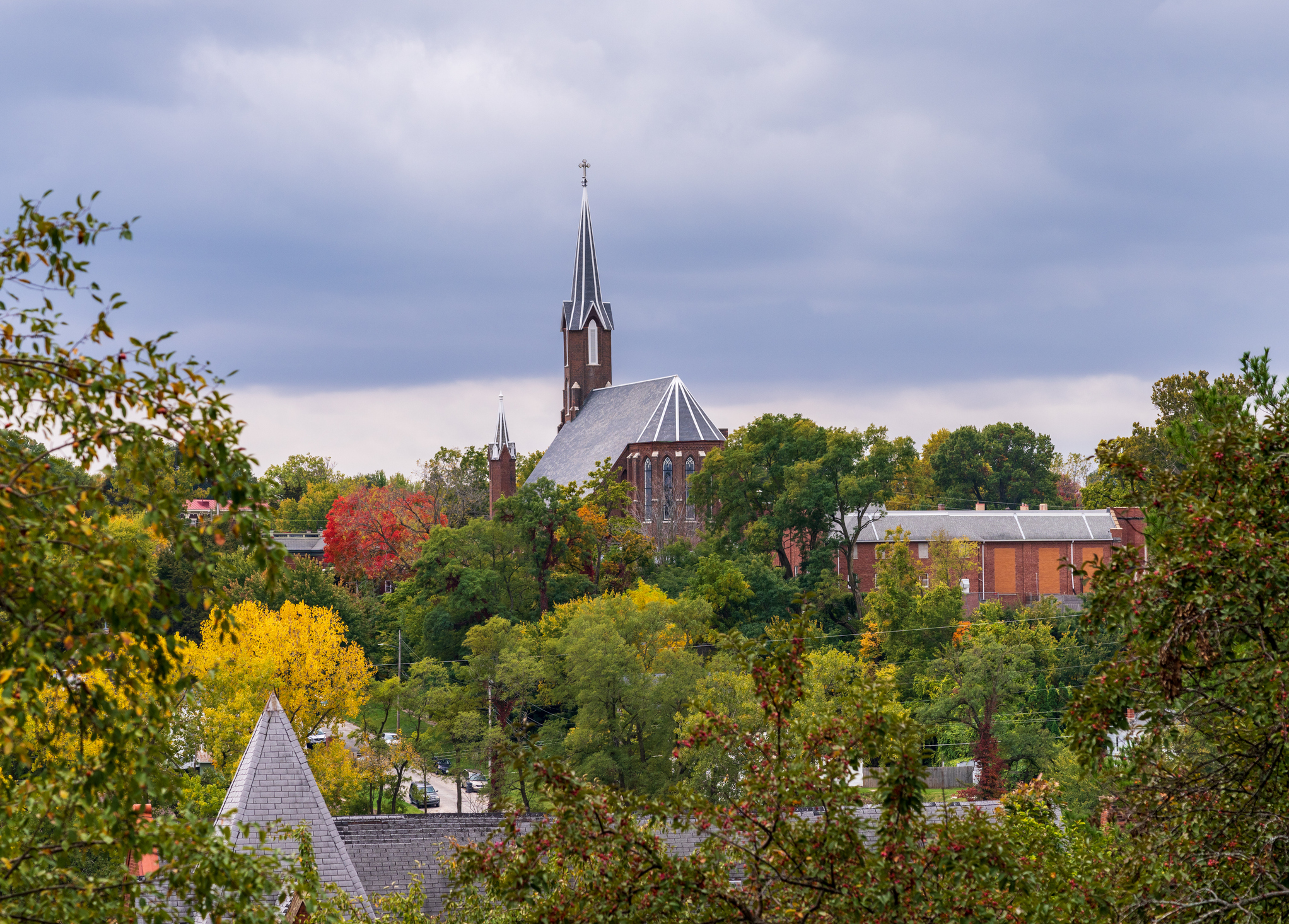 15 Cheapest Small Towns to Live In
15 Cheapest Small Towns to Live InThe cheapest small towns might not be for everyone, but their charms can make them the best places to live for plenty of folks.
-
 Best Cold Weather Places to Retire
Best Cold Weather Places to RetirePlaces to live Some like it hot; others, not so much. Here are the 12 best places to retire if you can't stand the heat.
-
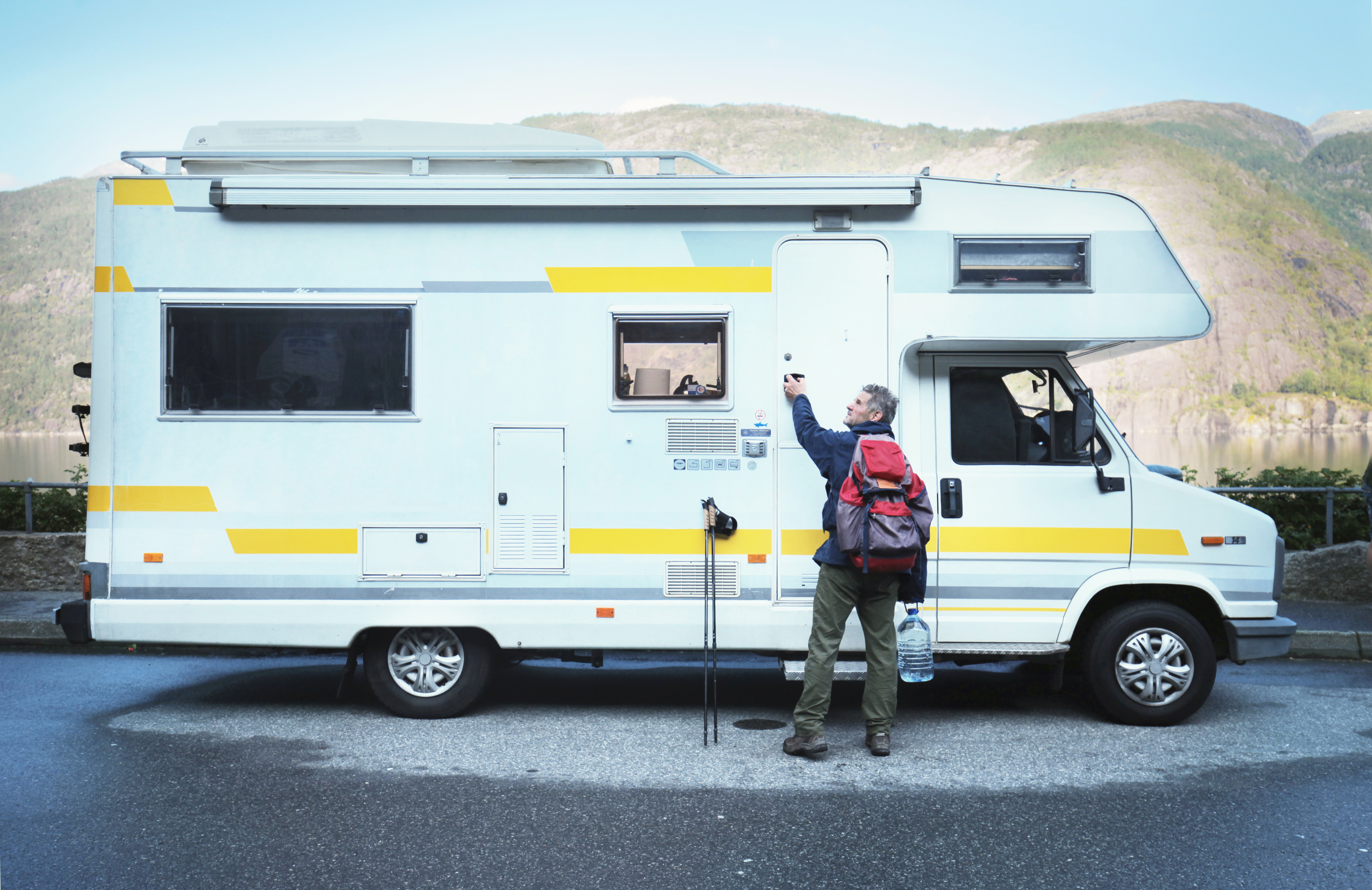 15 Reasons You'll Regret an RV in Retirement
15 Reasons You'll Regret an RV in RetirementMaking Your Money Last Here's why you might regret an RV in retirement. RV-savvy retirees talk about the downsides of spending retirement in a motorhome, travel trailer, fifth wheel, or other recreational vehicle.
-
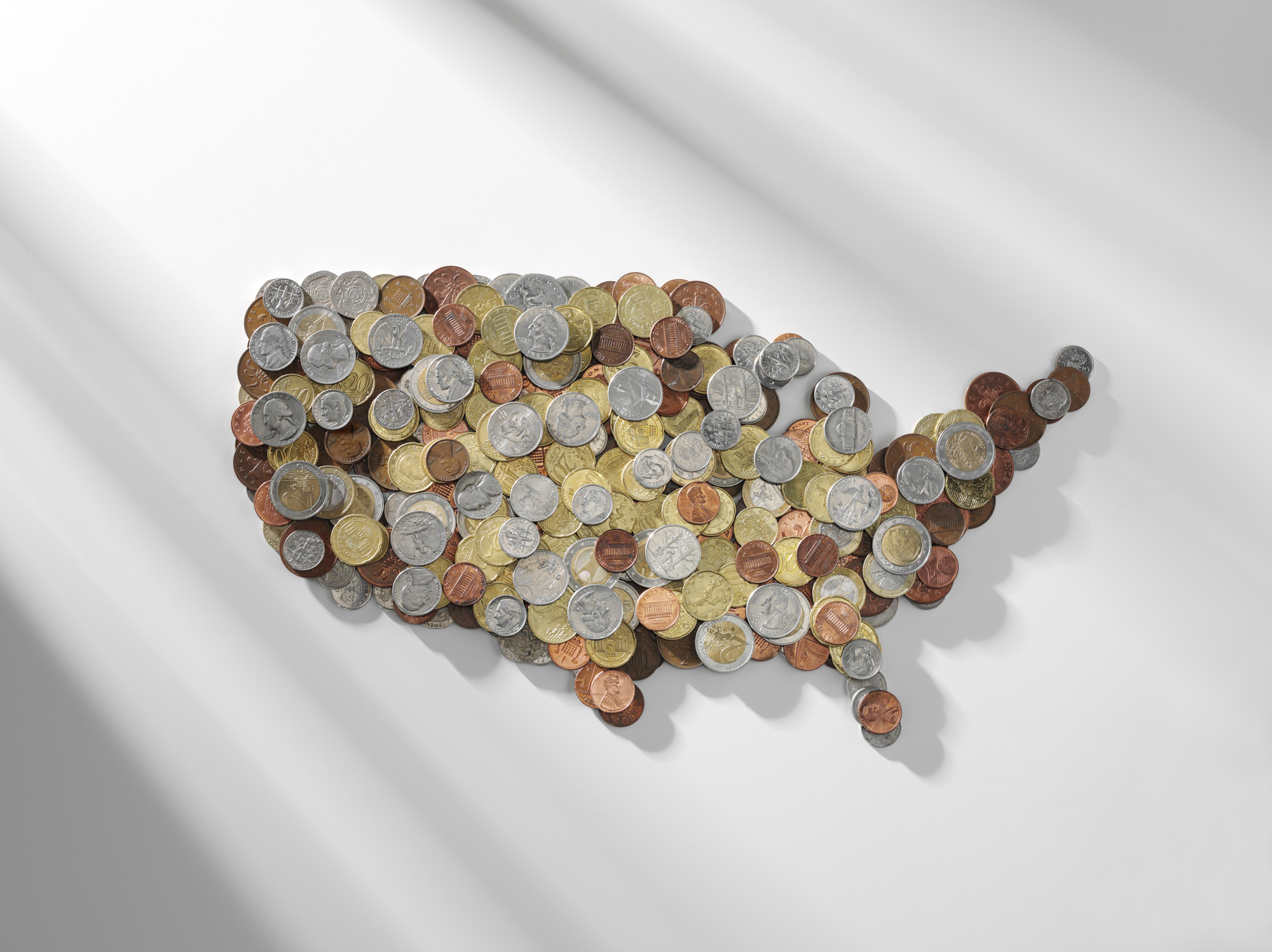 The 24 Cheapest Places To Retire in the US
The 24 Cheapest Places To Retire in the USWhen you're trying to balance a fixed income with an enjoyable retirement, the cost of living is a crucial factor to consider. Is your city the best?
-
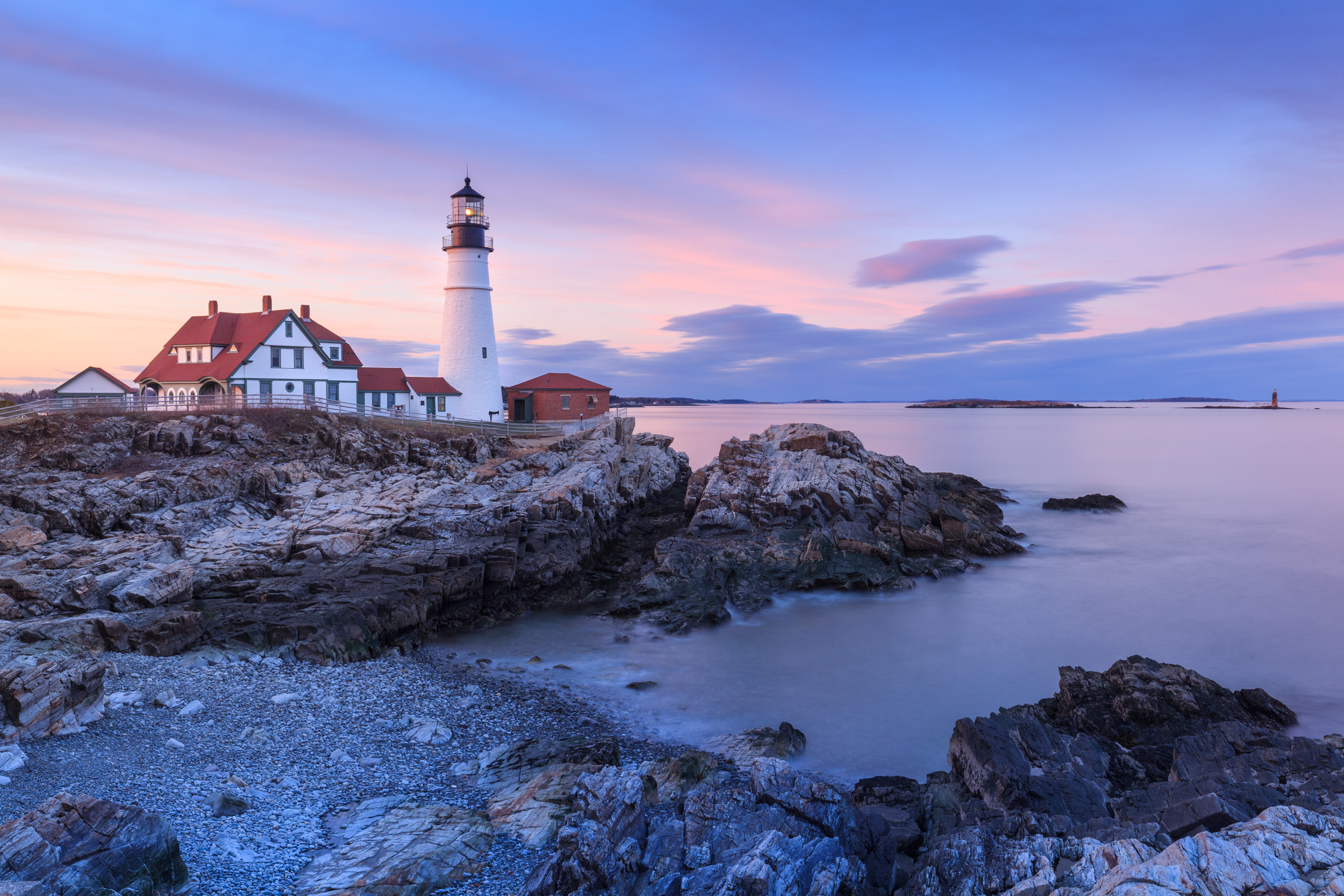 The Six Best Places to Retire in New England
The Six Best Places to Retire in New Englandplaces to live Thinking about a move to New England for retirement? Here are the best places to land for quality of life, affordability and other criteria.

